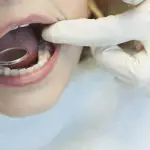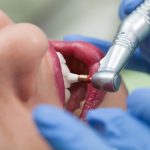Post Wisdom Teeth Removal: When is it Safe to Use a Straw?

Wisdom teeth removal is a common dental procedure that involves the extraction of impacted wisdom teeth, which are the last set of molars that grow at the back of the mouth. After the surgery, the dentist or oral surgeon will provide you with post-operative instructions to follow to ensure a smooth and speedy recovery. One of the most common questions patients ask is when it is safe to use a straw after wisdom teeth removal. Using a straw to drink liquids may seem like a simple and harmless activity, but it can actually interfere with the healing process and cause complications such as dry socket, bleeding, and infection. The suction force created by the straw can dislodge the blood clot that forms in the tooth socket, which is crucial for proper healing. Therefore, it is important to understand the risks and benefits of using a straw after wisdom teeth removal and follow your dentist’s recommendations to avoid any complications.
Understanding Wisdom Teeth Removal
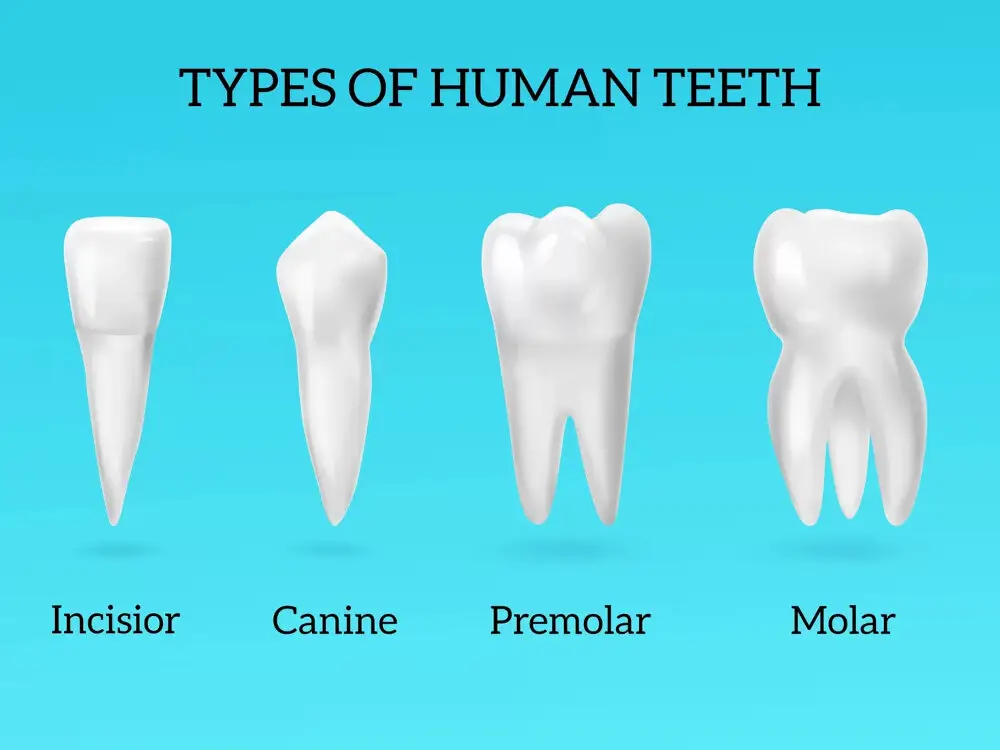
Wisdom teeth, also known as third molars, are the last set of teeth to emerge in adulthood. They typically grow between the ages of 17 and 25, and in some cases, they can cause problems. Wisdom teeth can become impacted, meaning they do not have enough space to emerge, resulting in pain and infection. In such cases, dentists recommend removing the wisdom teeth. The process of wisdom teeth removal involves making incisions in the gums and removing the teeth. The procedure is typically carried out under local or general anesthesia, depending on the complexity of the case. Recovery time varies depending on the individual and can range from a few days to a couple of weeks. When it comes to recovery after wisdom teeth removal, there are several things to keep in mind. One of the most common concerns people have is when it is safe to use a straw. Dentists usually recommend avoiding straws for the first few days after the extraction. This is because the suction created by using a straw can dislodge the blood clot that forms over the extraction site, leading to a painful condition called dry socket. Once the blood clot has formed, it is safe to use a straw as the clot will protect the extraction site. However, it is essential to be gentle when using a straw and avoid creating too much suction. Overall, it is best to follow the dentist’s instructions carefully and take it easy for the first few days after wisdom teeth removal to ensure a smooth recovery.
Wisdom teeth, also known as third molars, are the last set of teeth to emerge in the back of the mouth, usually between the ages of 17 and 25. Many people develop four wisdom teeth, but some may have fewer or none at all. These teeth can cause problems if there is not enough space for them to grow properly, leading to pain, infection, and other complications. As a result, many people opt to have their wisdom teeth removed through a surgical procedure. After the extraction, it is important to follow the dentist’s instructions carefully to ensure proper healing and prevent any complications, such as dry socket, which can be painful and delay the recovery process. One common question that arises after wisdom teeth removal is when it is safe to use a straw, as the suction can disrupt the healing process.
After wisdom teeth removal, patients are usually advised to avoid using a straw for a certain period of time. This is because sucking through a straw can create suction within the mouth, which can dislodge the blood clot that forms over the extraction site. This blood clot is essential for the healing process, as it protects the underlying bone and nerves from exposure to food and air, and facilitates the formation of new tissue. If the blood clot is removed, the extraction site can become dry, inflamed, and infected, leading to a condition called dry socket. Therefore, it is important for patients to follow their dentist’s instructions and refrain from using straws until they are deemed safe to do so.
During the wisdom teeth removal procedure, patients can expect to be under the influence of anesthesia, which will make them feel relaxed and prevent any pain. The dentist will then use specialized tools to remove the wisdom teeth, which can take anywhere from a few minutes to over an hour, depending on the complexity of the case. After the procedure, patients can expect to experience some pain, swelling, and discomfort, which can be managed with pain medication and ice packs. It’s important to follow the aftercare instructions provided by the dentist to ensure proper healing and avoid complications. One common question patients have is when it’s safe to use a straw, as it can dislodge the blood clot in the socket and delay healing. It’s generally recommended to avoid using a straw for the first few days after the procedure and to gently sip liquids instead.
The Dangers of Using a Straw After Wisdom Teeth Removal
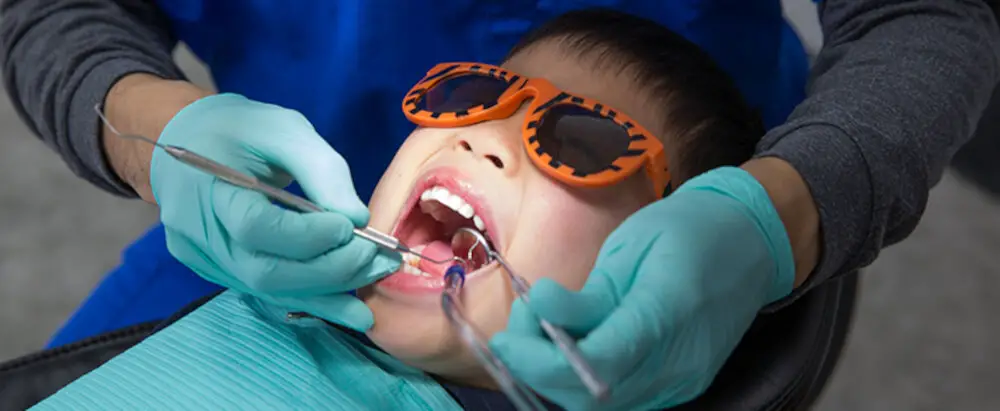
After wisdom teeth removal, using a straw can be dangerous as it can lead to a painful condition called dry socket. Dry socket occurs when the blood clot that forms in the extraction site is dislodged or dissolved, leaving the underlying bone and nerves exposed to air, food particles, and bacteria. The sucking motion required to use a straw can create negative pressure in the mouth, which can dislodge the blood clot and delay the healing process. Symptoms of dry socket include severe pain, bad breath, and an unpleasant taste in the mouth. If you experience any of these symptoms after using a straw, it is important to contact your dentist or oral surgeon immediately. To avoid the dangers of using a straw after wisdom teeth removal, it is recommended to avoid straws altogether for at least a week after the procedure. Instead, patients should drink plenty of fluids from a cup, avoiding any suction in the mouth. It is also important to avoid smoking and spitting during the healing process as these actions can also lead to dry socket. Additionally, patients should practice good oral hygiene, including brushing gently around the extraction site and rinsing with warm salt water to keep the area clean and prevent infection. By following these guidelines, patients can reduce their risk of developing dry socket and promote a quick and comfortable recovery after wisdom teeth removal.
One of the potential risks after wisdom teeth removal is developing dry socket, a painful condition that occurs when the blood clot that forms in the socket after the tooth extraction becomes dislodged or dissolves before the wound has fully healed. This can expose the underlying nerves and bone, leading to severe pain and discomfort. Factors that may increase the risk of dry socket include smoking, using a straw, chewing tobacco, or consuming hot or carbonated beverages too soon after the procedure. It is essential to follow your dentist’s post-operative instructions meticulously to minimize the chances of developing dry socket and other complications.
Dry socket, also known as alveolar osteitis, is a painful complication that can occur after the extraction of a tooth, particularly wisdom teeth. It happens when the blood clot that forms in the socket where the tooth was removed either dissolves or becomes dislodged before the wound has had a chance to heal. This exposes the nerves and bone in the socket, leading to intense pain and discomfort. Dry socket can also cause bad breath and an unpleasant taste in the mouth. It is essential to follow proper aftercare instructions provided by your dentist or oral surgeon to minimize the risk of developing dry socket.
After wisdom teeth removal, a blood clot forms in the socket to protect the underlying bone and nerves. Using a straw creates negative pressure in the mouth, which can dislodge this clot and delay the healing process. This can lead to a painful condition known as dry socket, where the bone and nerves are exposed to air and food particles. Therefore, it is recommended to avoid using a straw for at least 24-48 hours after wisdom teeth extraction to allow the blood clot to form and prevent the risk of dry socket.
Dry socket is a painful condition that can occur after the extraction of a wisdom tooth. Symptoms of dry socket include severe pain in the area where the tooth was extracted, which may radiate to the ear, eye, or neck. The pain may start a few days after the extraction and can be accompanied by a bad taste or odor in the mouth. The socket may appear empty, and the bone may be visible. Other symptoms may include swollen lymph nodes, fever, and difficulty opening the mouth. If you experience any of these symptoms after a wisdom tooth extraction, it is important to contact your dentist or oral surgeon immediately for proper treatment.
When is it Safe to Use a Straw After Wisdom Teeth Removal?

After having wisdom teeth removed, it is important to take proper care of the surgical site to avoid complications such as dry socket. One question many patients have is when it is safe to use a straw after the procedure. While it may seem like a small and insignificant action, using a straw can actually cause negative effects on the healing process. The pressure created by sucking on a straw can dislodge the blood clot that has formed in the socket, which is essential for proper healing. This can lead to a painful and uncomfortable condition known as dry socket, which can prolong the recovery time. It is generally recommended to wait at least 24 hours after wisdom teeth removal before using a straw. This allows the blood clot to form and stabilize in the socket. After this initial healing period, patients can use a straw as long as they are careful not to create too much suction. It is best to position the straw towards the back of the mouth and to sip slowly. It is also important to rinse the mouth with water after drinking to prevent any debris from getting stuck in the socket. Overall, it is best to avoid using a straw for as long as possible after wisdom teeth removal to ensure a smooth and comfortable recovery.
After wisdom teeth removal, patients need to be mindful of their oral care and eating habits. One of the common questions that arise after the surgery is when it is safe to use a straw. Experts suggest that patients should wait at least 24-48 hours before using a straw. This is because the suction created by the straw can dislodge the blood clot that forms in the socket, causing dry socket, which is a painful condition. It is essential to follow the dentist’s instructions and avoid using straws until the socket is fully healed to prevent complications and promote a faster recovery.
The healing process after wisdom teeth removal can be influenced by a variety of factors such as age, overall health, smoking, and diet. Younger patients tend to heal faster than older patients due to their higher metabolism and better circulation. Chronic medical conditions such as diabetes and autoimmune disorders can also impair healing. Smoking can cause delayed healing, dry socket, and infection. A diet high in sugar and processed foods can also slow down the healing process, whereas a balanced diet rich in vitamins and minerals can promote healing. It is important to follow post-operative instructions provided by the dentist or oral surgeon to promote proper healing and avoid complications.
After wisdom teeth removal, it is important to take proper care of your mouth to avoid complications such as dry sockets. While using a straw may seem harmless, it can actually increase the risk of developing a dry socket. To use a straw safely, wait at least three to four days after the surgery to allow the blood clot to form properly. When using a straw, position it towards the front of your mouth rather than towards the extraction site to avoid dislodging the blood clot. Additionally, use a gentle sucking motion rather than a hard or forceful one. It is also important to avoid drinking carbonated or hot beverages through a straw as they can also increase the risk of complications. By following these tips, you can safely use a straw after wisdom teeth removal without compromising your recovery.
Alternatives to Using a Straw After Wisdom Teeth Removal
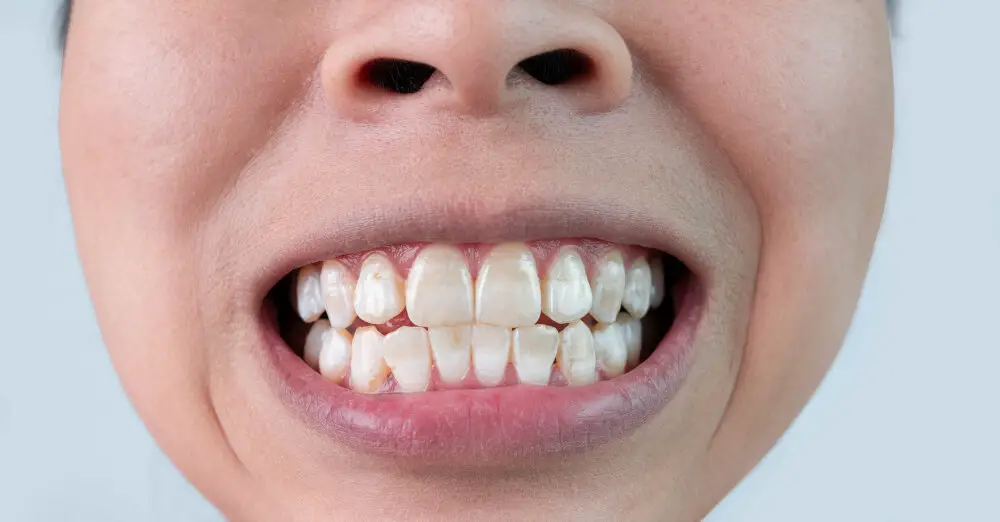
After wisdom teeth removal, it is important to avoid using a straw as the sucking motion can cause dry sockets, which can be extremely painful. However, there are several alternatives to using a straw that can help quench your thirst without compromising your healing process. One alternative is drinking directly from a glass or cup, but be sure to tilt your head back slightly and avoid creating a suction with your mouth. Sipping slowly is also important, as gulping down a large amount of liquid at once may cause discomfort. Another option is to use a spoon to drink liquids such as soup or smoothies. This method allows you to have more control over the amount of liquid you consume and reduces the risk of accidentally creating suction. Additionally, you can try using a sports bottle with a straw-like spout that doesn’t require suction to drink from. Just be sure to avoid squeezing the bottle too hard and creating a suction with your mouth. With a little creativity and patience, you can find alternative ways to hydrate and nourish your body after wisdom teeth removal without compromising your healing process.
After wisdom teeth removal, it is important to avoid consuming any hot, acidic, or carbonated beverages that may delay the healing process and cause discomfort. Instead, it is recommended to opt for cold and soothing beverages that are easy to swallow, such as water, coconut water, fruit juices, and smoothies. These beverages provide the necessary hydration and nutrients required for the healing process without causing any pain or discomfort. Additionally, herbal teas like chamomile, peppermint, and ginger tea can also help to reduce inflammation and promote healing. When consuming any beverage, it is important to avoid using a straw, as the suction can dislodge the blood clot and delay the healing process.
Eating soft foods can be a crucial part of the recovery process after wisdom teeth removal, as it allows the surgical site to heal properly. Soft foods are defined as those that require little to no chewing, such as mashed potatoes, smoothies, and soups. These foods are easier on the mouth and help minimize the risk of causing damage to the surgical site. Additionally, soft foods can provide essential nutrients that aid in the healing process, such as protein, vitamins, and minerals. However, it is essential to avoid using a straw when consuming soft foods, as the suction can dislodge the blood clot that forms over the surgical site, leading to a painful condition known as dry socket.
After wisdom teeth removal, it is important to avoid using straws as the sucking motion can dislodge the blood clot and cause a painful condition called dry socket. Instead, using a spoon or cup can be an effective alternative to drinking liquids without disturbing the healing process. While it may take a bit more effort, using a spoon or cup allows for a controlled flow of liquids into the mouth and reduces the risk of any complications. Furthermore, it is important to maintain good oral hygiene by rinsing the mouth with saltwater and avoiding any hard or crunchy foods during the recovery period. By following these precautions, patients can ensure a smooth and successful recovery after wisdom teeth removal.
After wisdom teeth removal, it is crucial to be mindful of the healing process and take necessary precautions to avoid any complications. One of the most important things to keep in mind is to avoid using a straw for at least the first few days after surgery. This is because the sucking motion required to use a straw can dislodge the blood clot that forms in the socket where the tooth was removed, leading to a painful condition called dry socket. Dry socket can delay the healing process and cause significant discomfort. Therefore, patients are advised to wait until the socket has fully healed before using a straw or engaging in any other activities that involve suction. It’s important to follow these guidelines to ensure a smooth and speedy recovery after wisdom teeth removal.
After having your wisdom teeth removed, it’s important to follow your dentist’s instructions for a safe and speedy recovery. This includes avoiding the use of a straw for at least the first few days after the surgery as the suction could dislodge the blood clot that is forming in the socket. By following your dentist’s recommendations, you can reduce your risk of complications such as dry socket, infection, or prolonged healing time. Additionally, it’s important to maintain good oral hygiene during this time, including gentle brushing and rinsing with saltwater to keep the surgical site clean. Remember to take any prescribed pain medication and to rest as needed to help your body heal. By following these guidelines, you can ensure a successful recovery and get back to your normal routine as quickly as possible.
Conclusion

In conclusion, after wisdom teeth removal, it is important to take extra care of your mouth to ensure proper healing. While using a straw may seem harmless, it can actually cause complications such as dry socket. Therefore, it is best to avoid using a straw for at least the first few days after the procedure. Instead, opt for drinking from a cup and avoid any strenuous activities that may cause bleeding or discomfort. Always follow your dentist or oral surgeon’s post-operative instructions and if you have any concerns or questions, do not hesitate to reach out to them. Remember, patience and proper care are key to a successful recovery after wisdom teeth removal.


